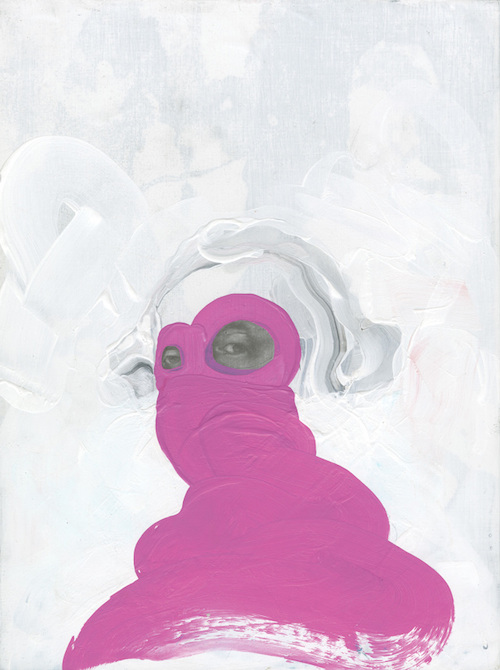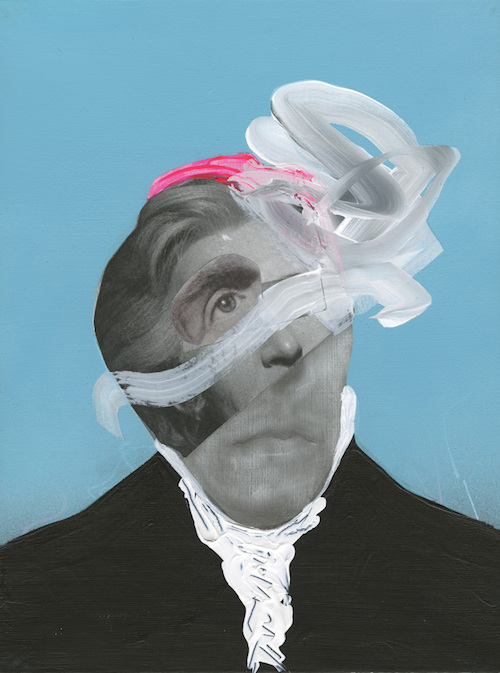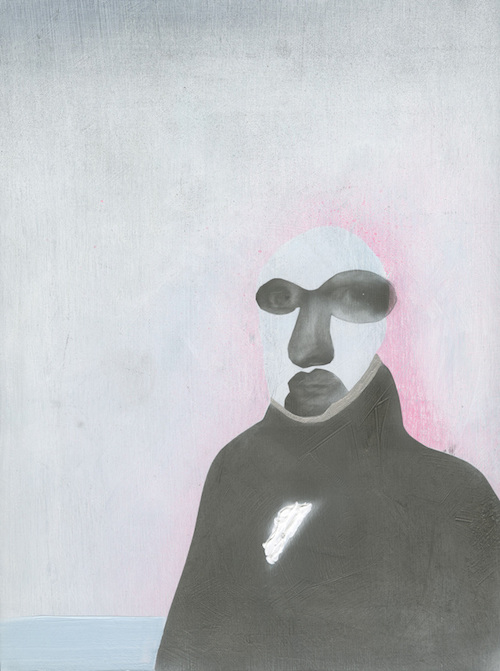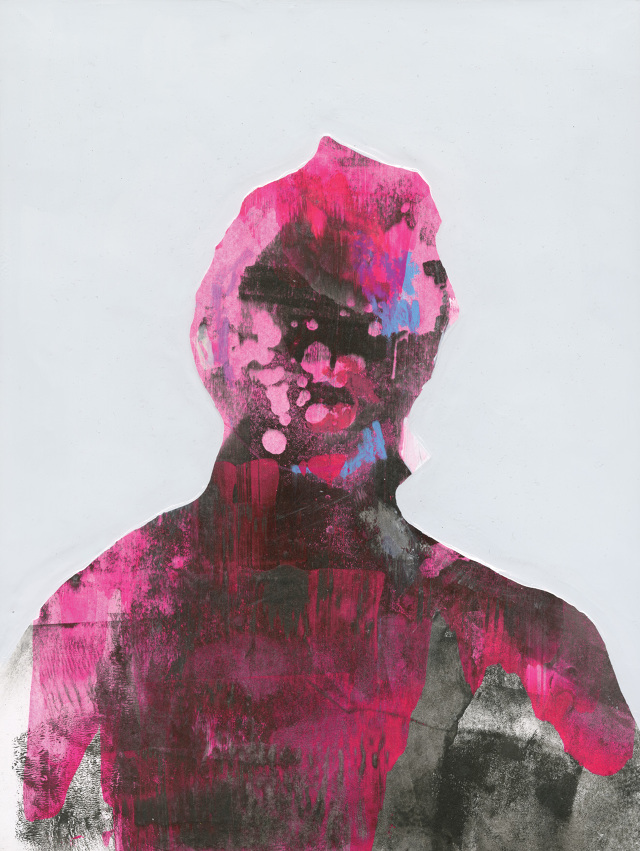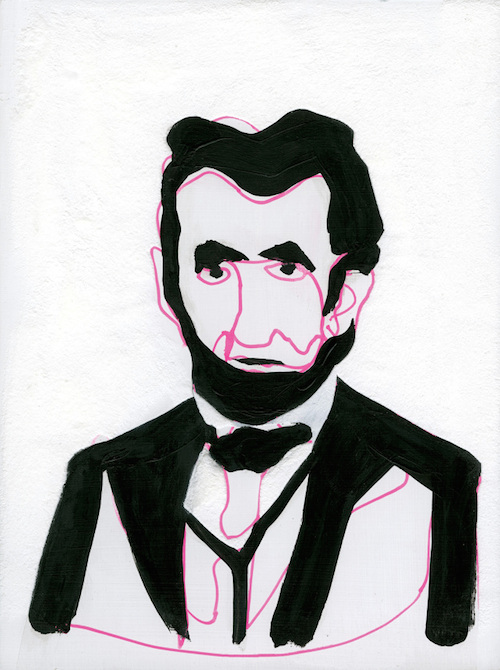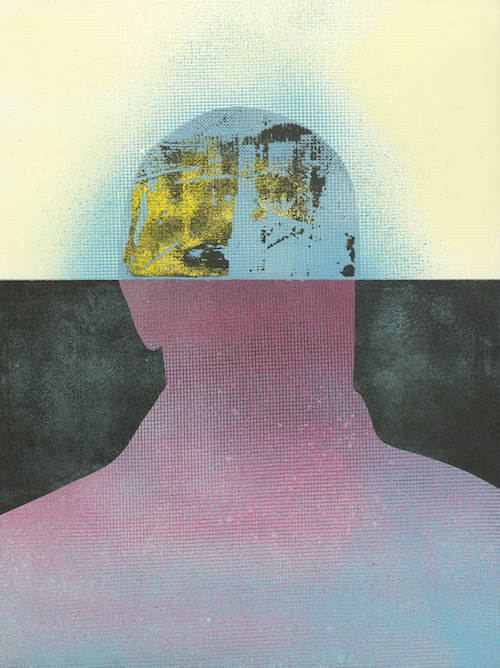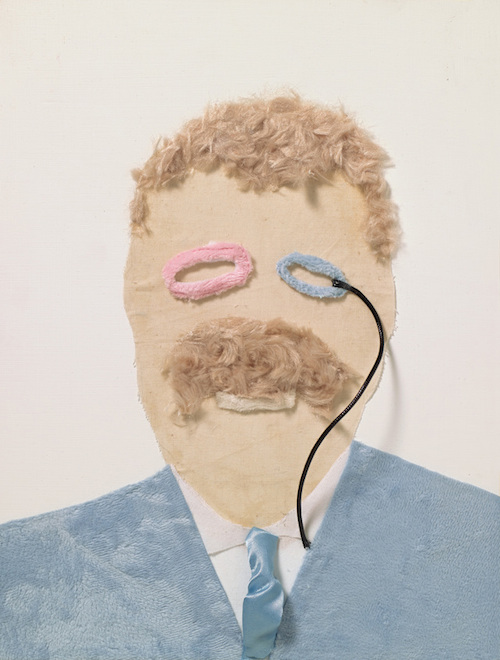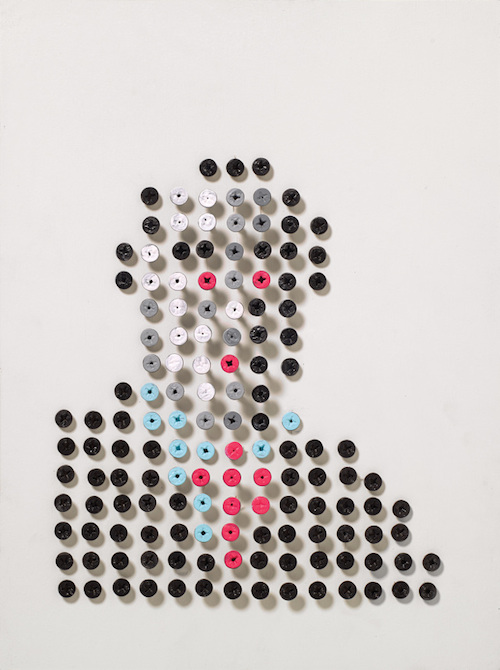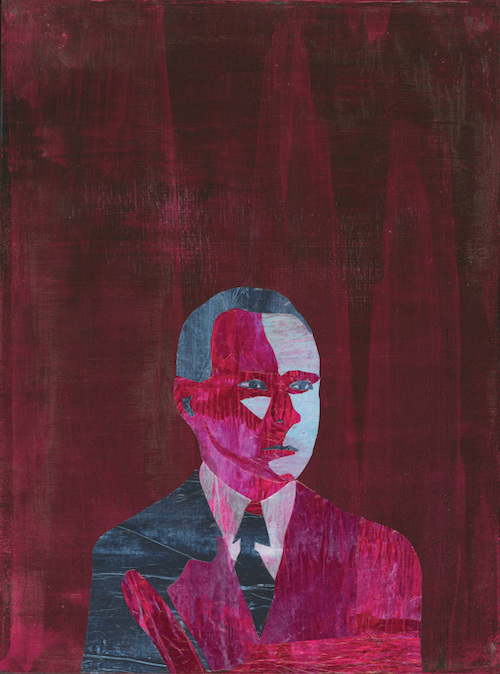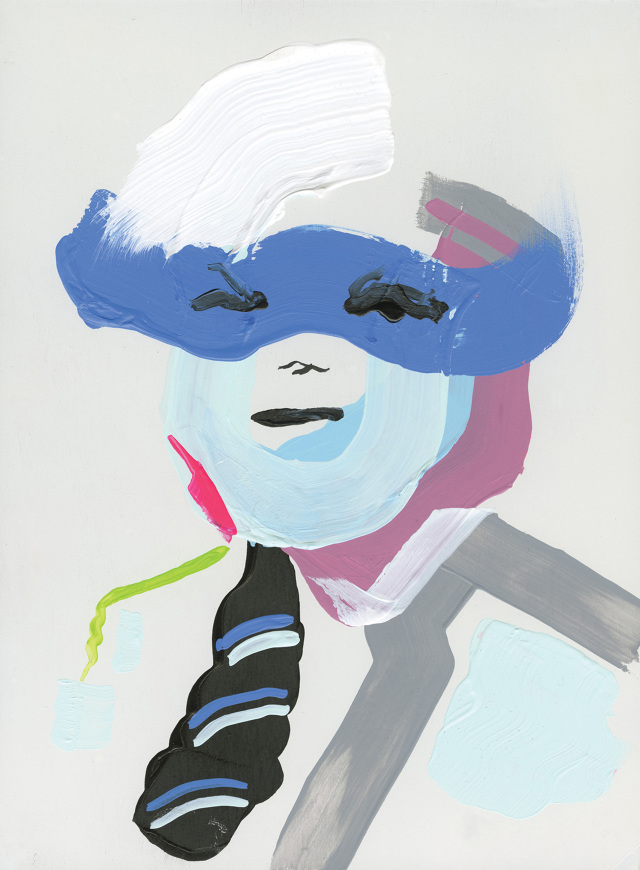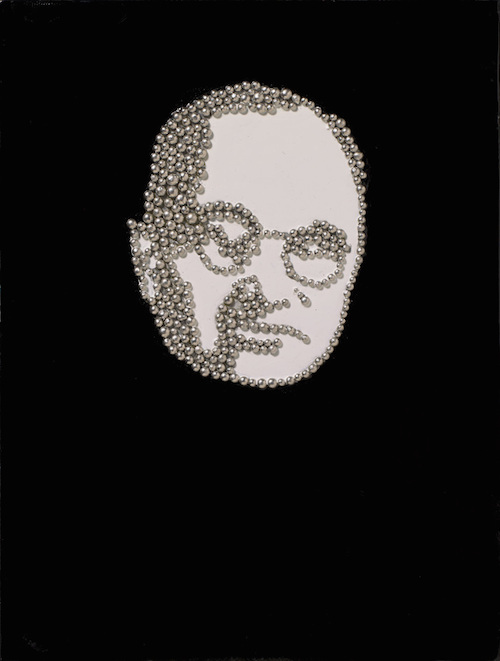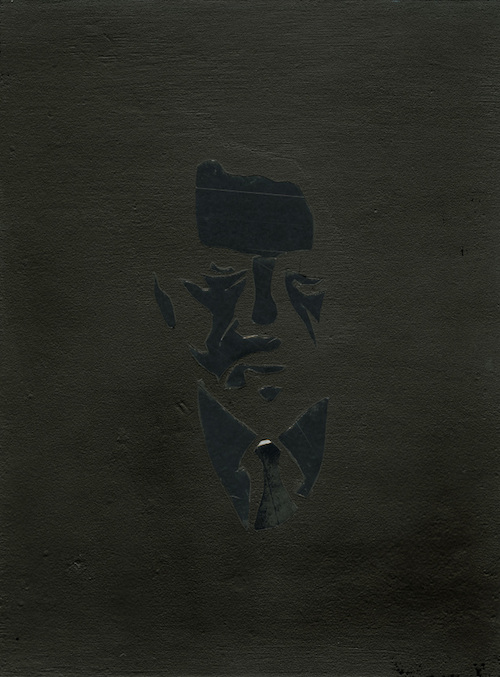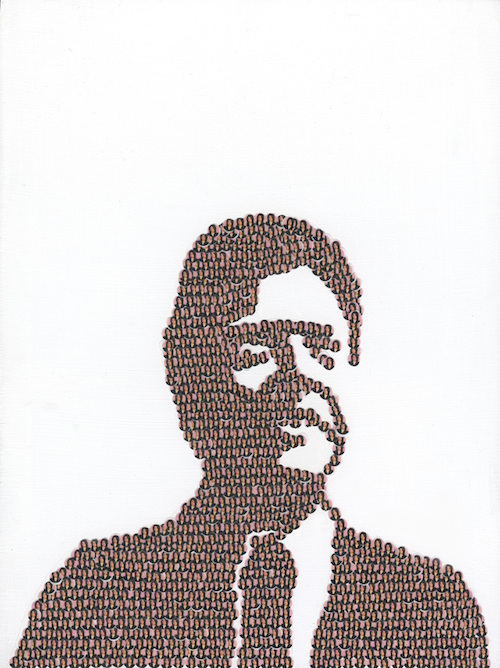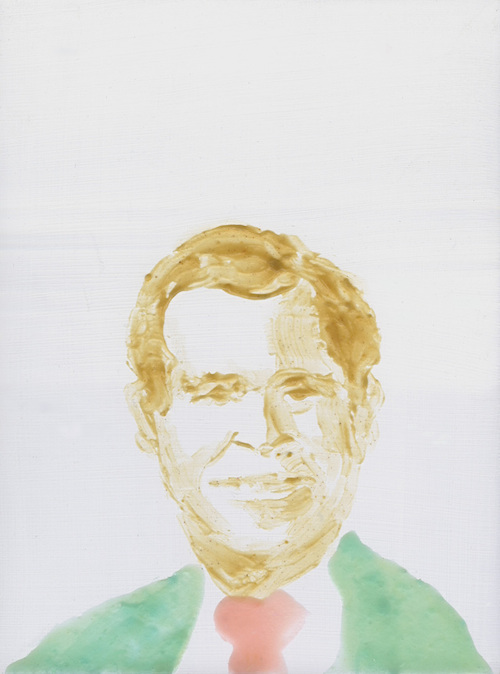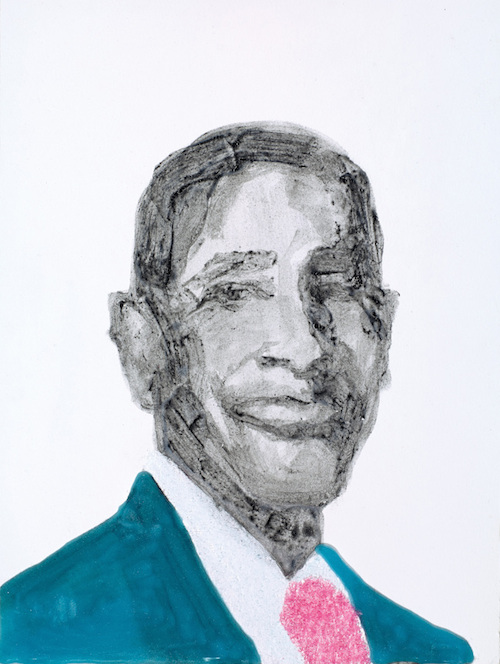Sometimes it’s hard to know exactly how and what to celebrate on Presidents’ Day. Sure it’s nice to have a long weekend. But the occasion of our forefathers’ birthdays doesn’t quite resonate with the force of, say, Independence Day or even Memorial Day.
However, alum Travis Asada’s viscerally impactful series of P.O.T.U.S. paintings may remedy that Presidents’ Day malaise by offering an unusually intimate take on the presidency. A wildly ambitious project, the Illustration alum set out to capture each president, first as a drawing and then later in paint. Asada illuminates the above curated selection of images from his P.O.T.U.S series with an artist’s statement as well as a Q&A about his creative practice below. The combination of the two just might offer an opportunity for a deeper connection to our nation’s Commanders in Chief and their namesake holiday.
The project originated during my first term in Rob Clayton’s Drawing Concepts 1, which was to draw each president. He basically let us do what we wanted. The only rule was to incorporate all the presidents. I couldn’t decide a style or how I wanted to paint them, as I’m an extremely indecisive person. So the easiest thing for me was to make each one different. Some of the images worked and some failed. But in the end I learned so much just from the shear volume of experimentation.
The recent P.O.T.U.S. paintings were done during my seventh term and are a continuation of the first term project. Doing it a second time allowed me to see how far I could push my own painting. Along the way I discovered new tools and mediums—some of the paintings incorporate food some were made with DIY brushes. The second time was much more difficult because I wanted each painting to be a finished piece on a panel. There are 44 presidents; so I had to paint about seven a week in order to finish. I really had to budget my time and plan how long each would take. But in the end it’s still my favorite project: It’s where I discovered the most about myself as an artist.
Q&A WITH TRAVIS ASADA:
How/Why did you choose Art Center?
I initially enrolled in an Art Center at night class. And after going through a couple courses I decided to try for the day program. I felt the expectations and level of work was much higher than other schools.
What was your background prior to Art Center?
I have a previous degree in Cultural Studies from the University of Hawaii. I was also a horrible waiter but an okay busboy in the restaurant industry.
Biggest creative challenge/breakthrough you’ve faced while at Art Center?
I think for me as well as a lot of students the biggest challenge was not having a specific style. I found that the concept often dictates the style. I find that this aesthetic will best describe this concept, which is probably not good for editorial but maybe okay for fine art. I’ve also learned that you shouldn’t think too hard about it. If you do enough work you’ll see processes and aesthetics you like and eventually a personal style should evolve.
In what ways has Art Center helped you grow as an artist/designer?
Definitely the competitiveness among the students constantly pushes everyone to do their best, which is what you should expect in the real world. Also the exchange program to Berlin had a huge influence on me. It was my first time being outside the U.S. and it helped me a lot conceptually.
Describe your most gratifying collaboration with a faculty member or another student?
Working with Rob and Christian Clayton really taught me a lot while I was at Art Center. They always try to make their students think beyond the preconceptions of illustration. I’ve learned to look into other artistic fields for inspiration for example, industrial design, graphic design, motion, and photography. And that illustration can be sculptural. It can be functional. It can be big, small. It can move. It can be made with cheapest material or the most expensive.
How has Art Center changed your worldview and/or creative sensibility?
It definitely evolved from a realistic painting style to a more stylistic take on realism, if that makes sense. I realized at a certain point most of my peers can paint a photograph realistically.
How do you hope to change the world through your work?
I hope what I do influences our culture for the better. As an artist, whether we like of not we are automatically given a public voice and we should probably use it for something we believe in or are passionate about.
What advice would you give to prospective Art Center students?
Don’t take more classes than you can handle. Manage your time. If you find instructors that you work well with take more classes with them. Take Media Experimentation with the Clayton brothers at least once. That’s it.
What are your most reliable and/or unlikely sources of inspiration?
Probably pinterest, Neil Degrasse Tyson, interior and food design.
What are some of the most unexpected/interesting aspects to your experience at Art Center outside the classroom?
L.A. is a lot different than Hawaii. Places are a lot farther away and it’s a much faster paced environment. Though culturally it was very interesting, and artistically you can’t beat some of the museums, the level of work was always inspiring.
What resources at Art Center have been most valuable to your growth as an artist/designer?
The field of Illustration constitutes a much broader spectrum beyond drawing and painting. You really have to adapt and be inspired to what is happening in the art world in all fields. Learning skills such as woodworking, sculpture and printmaking have been a tremendous help.
Also the Library was hugely valuable. They have the best books. I always found artists I’ve never heard of by just pulling out random books. If the spine of the book was cool I’d look through it.
Who are your biggest creative influences?
There’s so many, I guess any German artist. Every time I put something in my inspiration folder, without knowing who it is, it was always a German artist.
What do you do with your downtime in greater LA?
I’m back in Hawaii so I guess I’ll be going to the beach more. It’s a whole lot closer.
What do you hope to do when you leave Art Center?
To continue experimenting and discovering new processes. Hopefully there will be a niche group of people that like what I do so I can continue to make art.

